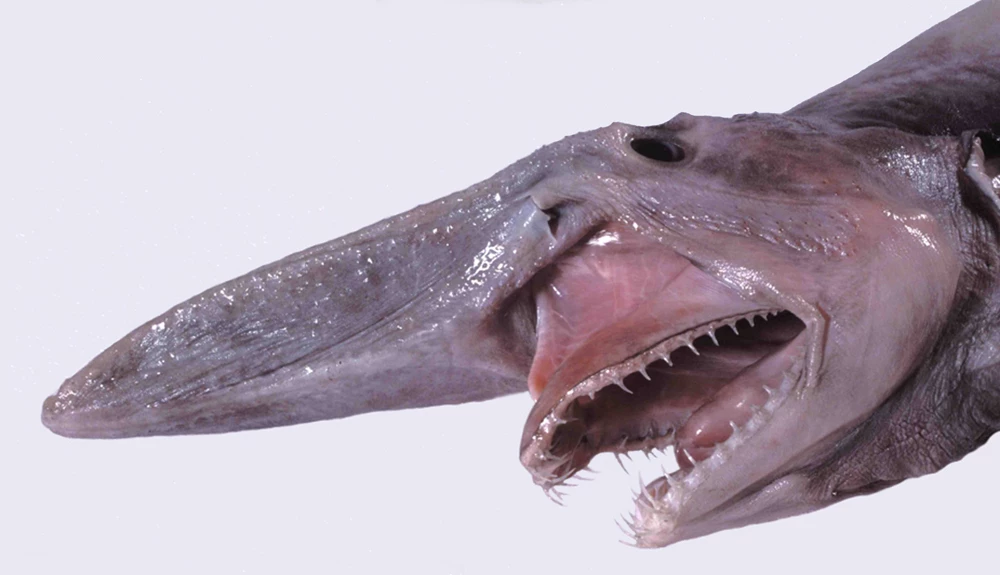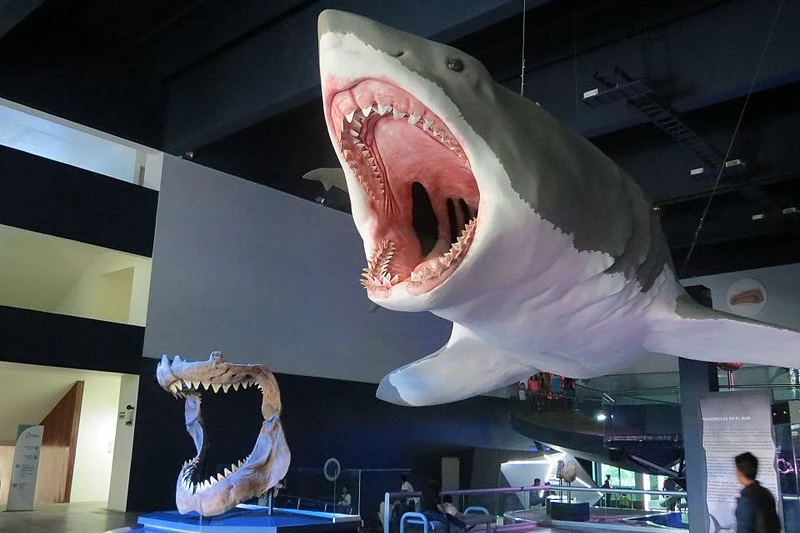In most depictions of the extinct megalodon shark, it looks pretty much like a super-sized version of its modern relative, the great white. According to a new study, however, it may actually have been considerably less similar in appearance.
Because the cartilaginous skeletons of prehistoric sharks typically don't fossilize well, the only physical evidence that we have of megalodon is its fossilized teeth and some vertebrae.
Since those parts are so similar to those of the great white and its relatives – which belong to an order of sharks known as the lamniformes – it was previously determined that megalodon belonged to that same order. Additionally, since the great white is one of several members of the order which are partially warm-blooded, it is thought that megalodon was too.
Therefore, when it came to guessing what megalodon looked like, scientists previously analyzed the physical form of five species of present-day warm-blooded lamniformes. This allowed the researchers to establish an average fin and body shape, which was assigned to the megalodon as an estimate of its appearance.
In the new study – led by organismal biologist Phillip Sternes from the University of California, Riverside – scientists set out to see if the five previously analyzed species share any external features which differentiate them from the other 10 species of lamniformes. Some of those others are cold-blooded, and look much different than the great white – the megamouth shark and the goblin shark are two examples.

By comparing the head, fin and body shapes in field guide illustrations of all 15 species, the researchers determined that the five previously studied species share no more visual features with one another than they do with the other 10 species. In other words, while megalodon might have looked like an average of the five, there's no reason to think that's likely to have been the case.
"Warm bloodedness does not make you a differently shaped shark," said Sternes. "I encourage others to explore ideas about its body shape, and to search for the ultimate treasure of a preserved megalodon fossil. Meanwhile, this result clears up some confusion about previous findings and opens the door to other ideas once again."
A paper on the research was recently published in the journal Historical Biology.
Sources: University of California, Riverside, Taylor & Francis Group via EurekAlert




